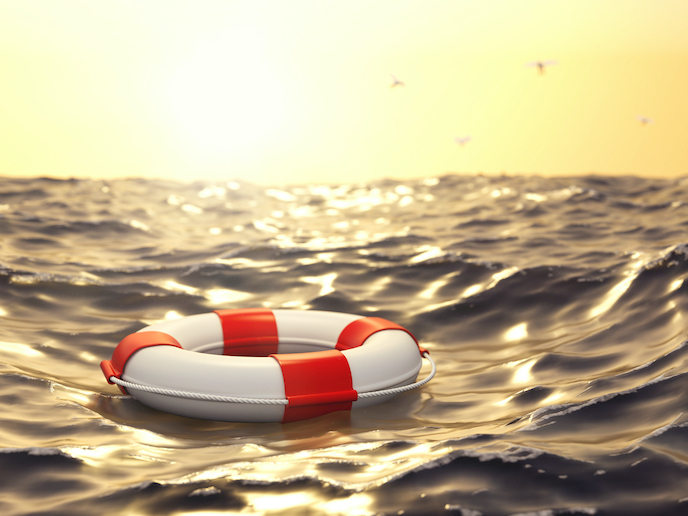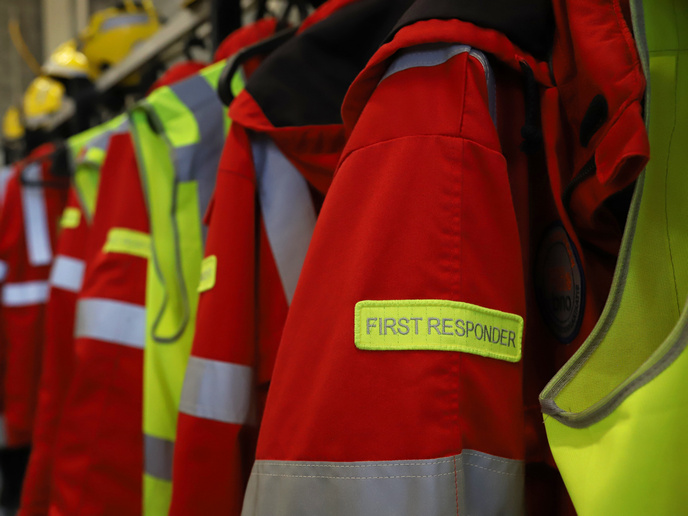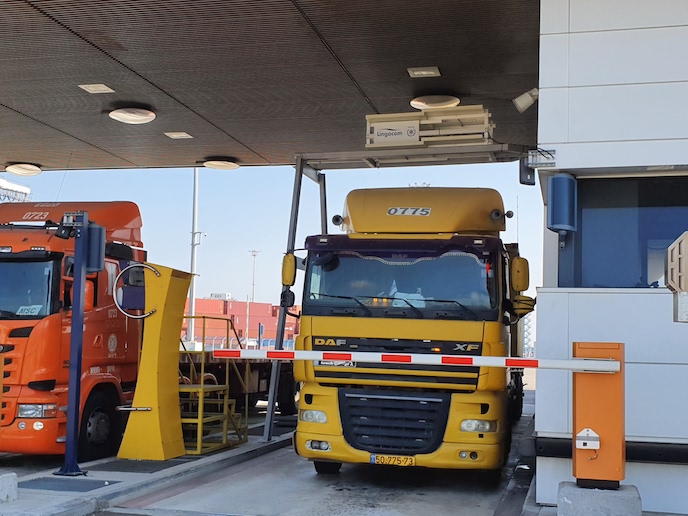Robot lifebuoy automatically seeks out stranded sailors
With an increasing number of people heading to sea, cases of passengers falling overboard are also on the up. Not only has this caused higher numbers of drownings, but it also puts those carrying out rescue operations in waterways, rivers and seas at risk themselves. Traditional lifebuoys require boats to get near to the stranded person and must be thrown correctly to help them. The whole process, from location to rescue, can take up significant amounts of time during which the man overboard (MOB) may have drowned. The iLifebuoy project, funded by the EU, has been working on a nifty technological solution. A new product, iLifebuoy, is a revamped version of the lifebuoy, brought up to date for the 21st century. iLifebuoy is an autonomous robot lifebuoy, kitted out with sensors and electronic equipment that allow it to locate a stranded person in the water, and head out to them automatically. A prototype has been created and tested successfully in multiple environments. The iLifebuoy team has secured a patent for the product and is working to finalise the ocean testing before the product ships out to international markets. “iLifebuoy is intended to be applicable and be used in any situation where MOB can occur. Our largest initial target segments include cruise ships, passenger ships, private boats and yachts, as well as coastal infrastructure with a lot of pedestrian traffic – close to rivers, canals, sea,” says Dimitar Mitev, Marine PV Technologies Director and iLifebuoy project coordinator. He adds that the project is aiming to significantly reduce the number of MOB-caused deaths by cutting down the time to provide help by +80 % (from 10 minutes to less than 2)!”
A very smart buoy
As soon as iLifebuoy touches the water, it instantly starts taking in data from the surrounding environment. It uses three in-built sensors – sonar, video and audio – to find the location of the MOB. With the stranded sailor located, it activates a water propulsion system, which propels it quickly to the distressed target. It also lets others know the situation en route, by broadcasting a Mayday signal on 16 channels, and providing the coordinates of its target. iLifebuoy also takes in information from nearby smartphones. When a person is stranded at sea, eyewitnesses often film the incident. iLifebuoy can connect up to four smartphones over ship Wi-Fi and use the information to narrow down its search via a machine-learning algorithm. It listens out for sounds that could be human distress calls, in several languages. It can also recognise human voices and uses noise-reduction software to drown out the background noise of the sea and hone in on the human calls. It then uses sonar pings to pinpoint the person, checking for reflections that suggest a kicking or splashing person. Importantly, people aren’t required to wear any trackers in order to be located in the water and provided with help.
Market overboard
Estimates suggest that there could be a demand for over 1.3 million units, with the market growing substantially over the next few years. iLifebuoy hopes to reach 2 % of the total possible market within the third year of trading. The team is now working to strengthen its intellectual property by securing patents in the largest potential markets in countries around the world. The plan is to do any final testing in the ocean and refine the prototype. Expect to see an iLifebuoy on a boat near you soon.
Keywords
iLifebuoy; lifebuoy; safety; location; drowning; sonar; video; audio; automatic







